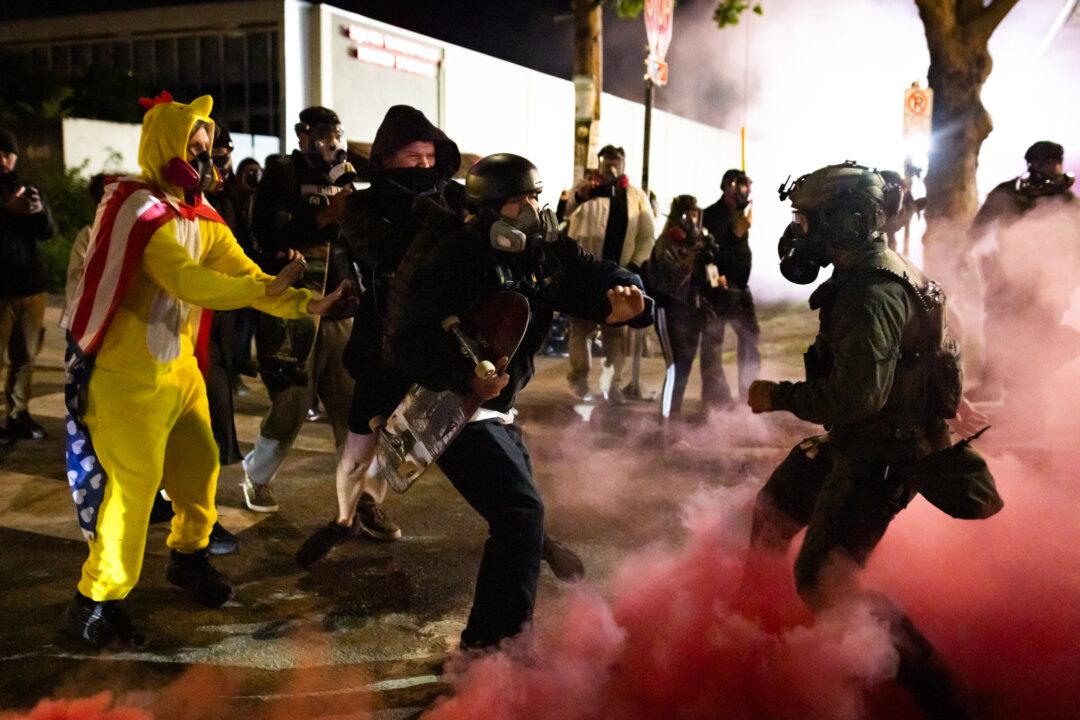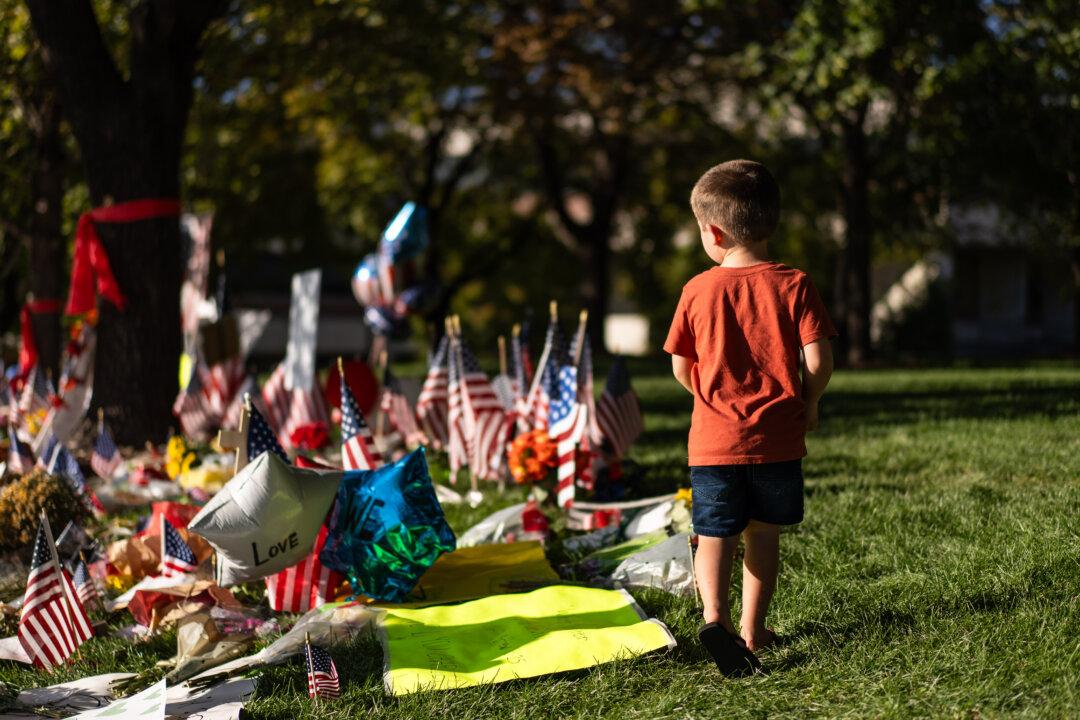A battle over the cellphone data of “Juror X,” who repeatedly posted on Facebook about her involvement in a high-profile Ohio case, has intensified.
In a recently released order, Judge Douglas Cole allowed prosecutors and defense lawyers to question two more jurors about possible improper influences during the trial of P.G. Sittenfeld, a former Cincinnati city councilman convicted of a pair of corruption charges last month. His trial was held in Cole’s courtroom in the U.S. District Court for the Southern District of Ohio, Cincinnati.





